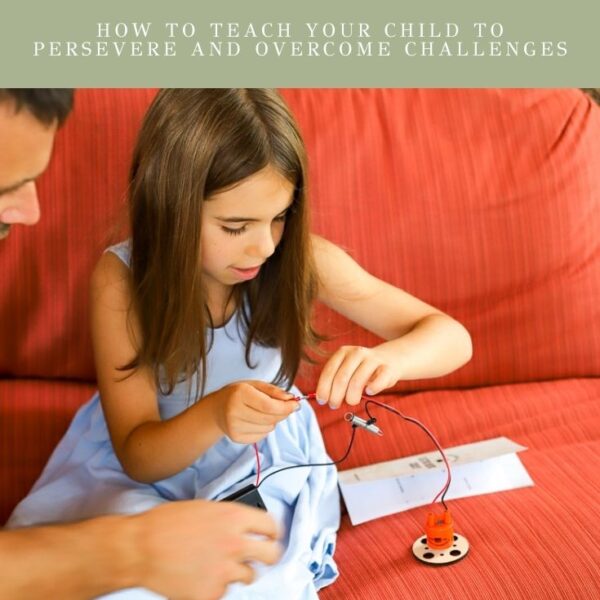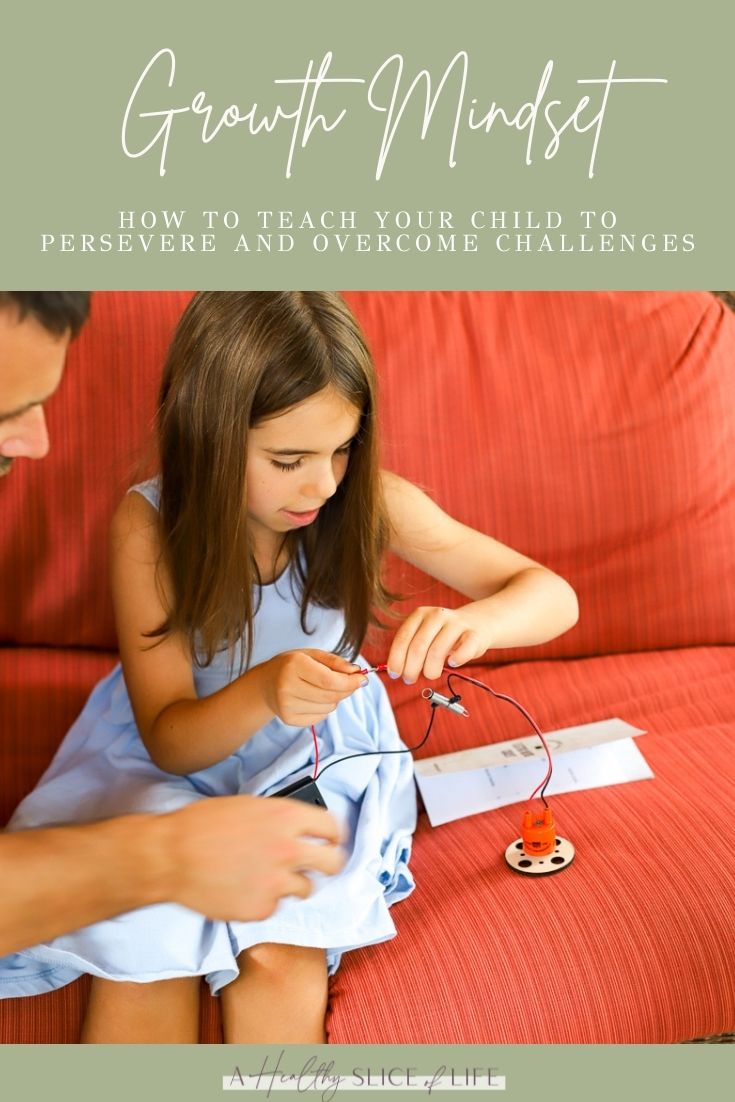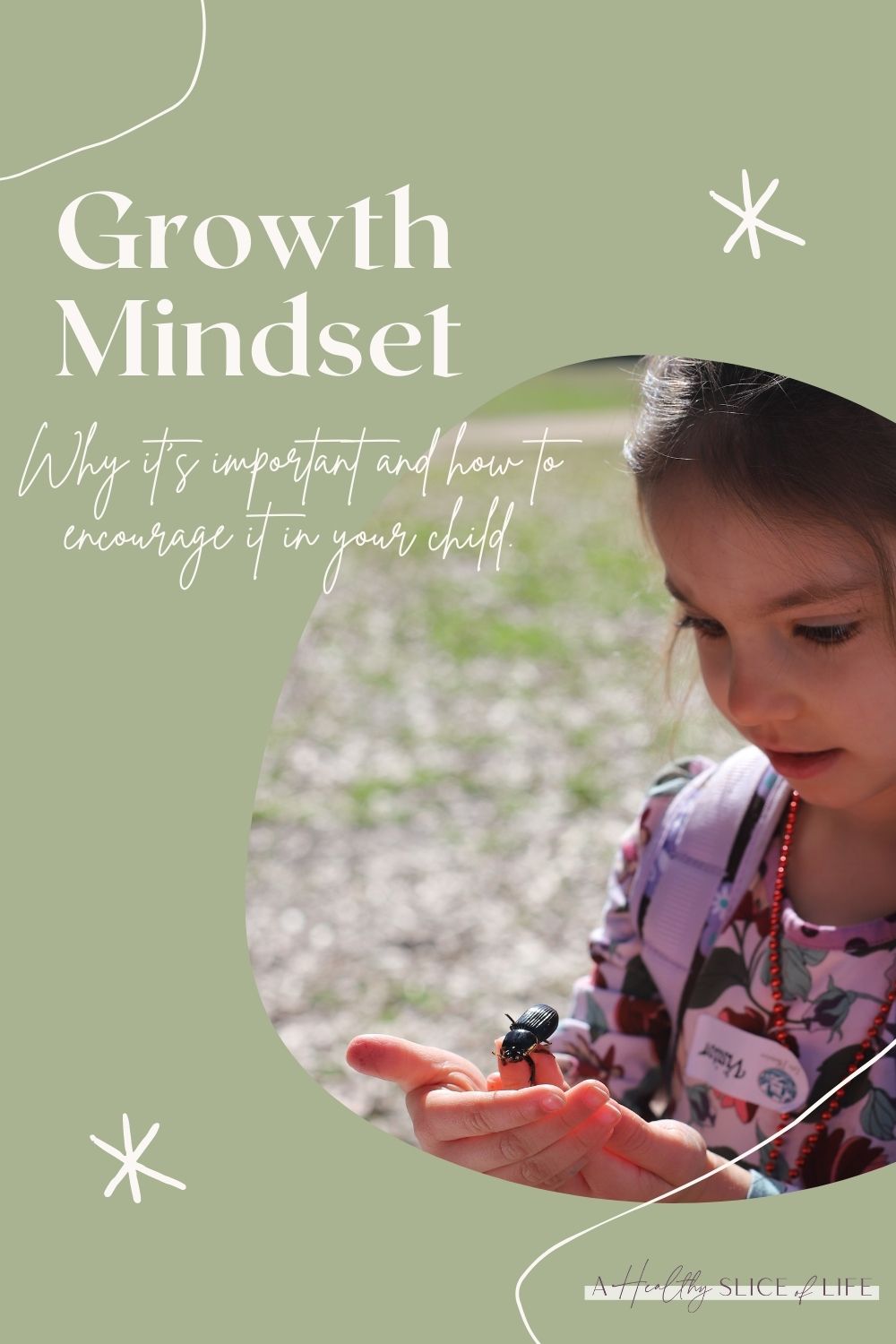
If you’ve ever had the joy of raising a small child then you’ve probably seen their eyes light up when they learn their hands can clap together and make music, that their legs can lift them into a standing position, and that their mouths can make words their loved ones can understand. When a child first learns how to do these things, they’re not concerned with whether they will succeed or fail at the task. Instead, their minds are primed to exploring their bodies and the world around them, a natural growth mindset in your child. They’ll try, then they’ll try again and again until they’re triumphant. And then it’s on to the next exciting challenge!
Compare that to many adults you know, and even ask yourself.
If you were given a challenge that’s brand new, would you embrace the challenge and eagerly try over and over again until you’ve mastered it? Would you avoid the new task out of a fear of failing? So many of us struggle with the fear of failure which makes the beauty and joy of childhood that much more powerful.
The process of learning something new is exciting to children and it’s a skill that you can cultivate and encourage as they grow.
How we guide them to learn through their challenges can encourage a growth mindset in our children, and help them to be intrinsically motivated, setting them up for success for the rest of their lives.

What is a growth mindset?
A mindset is our belief about our abilities and intelligence. Someone with a growth mindset believes that their abilities can change over time with effort instead of remaining fixed. A growth mindset, often encouraged by unstructured play, involves having the desire to try new things and attempt new challenges because the value is placed on the lessons learned during the attempt rather than the outcome.
An example of this would be when your child is learning to write their alphabet for the first time. A child with a growth mindset will enjoy the process of learning to hold their pencil, make new shapes and eventually draw their first letter. The act of learning, in and of itself, is fun.
They don’t care whether or not they get it on the first try; they just enjoy the process.
This is different from a child with a fixed mindset who may be scared to try in the first place. If they do try and they don’t draw a letter the first time around they may grow frustrated and decide that they don’t want to try again. This is because if your child has a fixed mindset, the fear of failure is stronger than the desire to learn something new. They’re fixed in their beliefs about their abilities and they don’t believe that any amount of trying or effort will change that.
Children with fixed mindsets avoid new challenges because they feel if they don’t succeed on the first few tries then they’ve “failed”. It’s a very black and white way of looking at the world. I’ve succeeded if I do it right and I’ve failed if I haven’t. Unfortunately, this idea of success often turns inwards so it looks like, “I am a success if I do it right and I am a failure if I don’t”.
Why is a growth mindset important for your child?
A growth mindset gives children the courage to try and learn new things. It also stops your child from attaching feelings of worth to the outcome of an event. Children are born into this world with a desire to learn and it’s our job as parents to nurture their love of learning as they grow.
Imagine if your kid tried to walk for the first time and they weren’t able to do it (and we would never expect them to be able to do it first try!). After falling, imagine if they never tried again because they felt as if they had failed. Instead, we want them to pick themselves right back up and try again. Picking themselves up and trying again is the way we want our children to respond to every challenge in their lives!
A growth mindset is essential for learning and the majority of our learning and habit building happens while we are children. Our kids are primed and ready to learn. All they need from us is a nudge in the right direction.
How to encourage a growth mindset in your child
So as a parent, what can you do to encourage a growth mindset in your child? Thankfully, it’s pretty easy.
Be a positive role model
As you’ve probably noticed, our kids are like little sponges that soak up every word we say and mimic every little thing we do. If your children see you trying new things and accepting new challenges with enthusiasm then they’re going to follow your lead. How you respond to obstacles along the way is also important. If you show your children that an obstacle is just something to learn from and you embrace them for the lessons they teach then your children will embrace their own obstacles as learning experiences as opposed to seeing them as a barrier to success and quitting.
Although it may feel uncomfortable for us to admit to our kids that we’ve made a mistake, it can help set them up for success. By saying things like, “Oops, I made a mistake. Next time I’m going to…” or “Wow, this is really tough. I’m going to have to practice more!” you show them that you can learn from your mistakes and that you should continue to try even if something is difficult.
Praise effort, not results
Another thing you can do to encourage a growth mindset in your child is to change the way you praise them. Instead of saying, “Wow, you got all these math problems correct, you’re so smart!” you could instead praise their effort by saying, “Wow, you got all these math problems right; you must have studied hard!”. The difference here may seem small but this simple change can make a big difference. The first example of praise can lead to your child thinking if they don’t get all the problems correct then they’re not smart whereas the second example is more likely to have your child thinking if they miss some problems then they can practice harder and get more correct next time.
Show them the value of learning
If your child is trying to learn something new and they keep stumbling over different obstacles, you can help them by showing them how those obstacles are just stepping stones on the path to success. It allows them to think about what’s working, what isn’t working and things they can change next time.
Change the narrative
If you hear your kid saying things like, “It’s too hard” or “I don’t know if I can do this” or “I’m no good at this” you can help them by encouraging them. Get them to look at the problem a different way and let them know that it’s okay if they don’t get it the first time. Help them to see that they’re intelligent and capable; you can point to obstacles they’ve overcome in the past through perseverance. We started early on in our house asking the girls “hmm, how can you solve this?” which evolved into one of our family mottos- Be a problem solver!
Talk to them about having a growth mindset
If your children are a little older you can sit down with them and talk about what it means to have a growth mindset. You can explain to them what growth means, and how everything has to grow. Show them examples like flowers and trees. These start as little seeds and over time they grow into something new and exciting.
You can talk to them about how in a way they’re like a seed too. They can change into anything they want! This means that even when they start not knowing how to do something they have inside of them the power to learn, grow and evolve.
Use the word “yet”
You wouldn’t think that a little word like “yet” could have a big difference, but it can change the whole feeling behind a statement!
Look at the difference between, “I can’t do this” and “I can’t do this yet”. The first is fixed and suggests that no amount of effort will help them to achieve their goal. The second, on the other hand, suggests that it’s hard but they will succeed if they keep on trying.
Show them the value of a growth mindset with books and stories
Reading about another person’s struggles and seeing how the character in the story overcomes their challenges can help your kid understand what a growth mindset is. Try reading a few of the following books together. Afterward, you can discuss how the character overcame the challenges they faced.
- JoAnn Deak’s Your Fantastic Elastic Brain: Stretch It, Shape It
- Valerie Coulman’s When Pigs Fly
- Julia Cook’s Bubble Gum Brain
- Bryan Smith’s My Day Is Ruined! A Story Teaching Flexible Thinking
- Corinna Luyken’s The Book of Mistakes
- Esther Cordova’s I Can’t Do That, YET!
- Ashely Spires’s The Most Magnificent Thing
- Giles Andreae’s Giraffes Can’t Dance
- Andrea Beaty’s Rosie Revere Engineer
Establishing a growth mindset in your child is all about letting them make mistakes, praising effort over results, and always encouraging them as they grow, learn and strive to become the best possible versions of themselves. There is nothing in the world that compares to the triumphant look in your child’s eyes as they master a challenge they thought was impossible. Helping your child to develop a growth mindset now will set the stage for a life filled with curiosity, bravery and resilience. What more could we possibly want for our kids?

